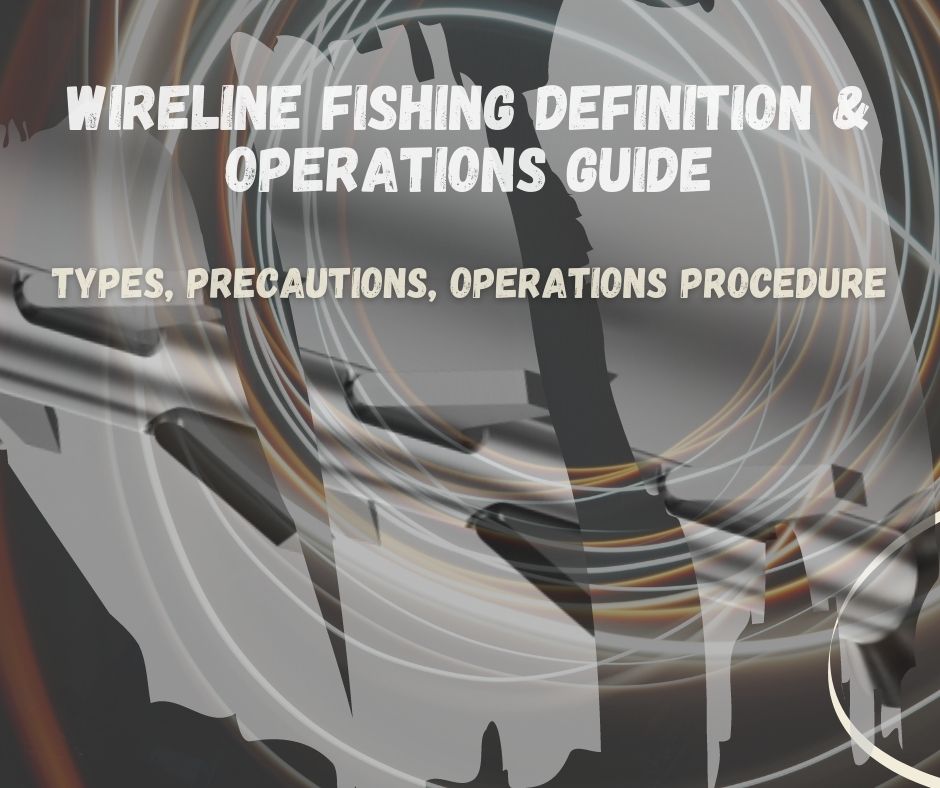
In open hole well logging operations, well conditions are frequently such that the logging tools become stuck (pipe sticking guide), bridged over, or the line becomes keyseated (Drilling Keyseat) in the wall of the hole. When this happens, the wireline operator will feel anxious, and sometimes he may pull too much which will lead to parting the line and further wireline fishing operations.
Rather than parting the line, it will be a good practice is to perform a “cut and thread operation“. The Bowen cable guided fishing method employs specialty tools to ensure positive engagement with the stuck tools by the fishing overshot before the cable is released from the cable head or pulled in two.
When planning to fish for a wireline or the logging tool attached to it, you first need to determine the condition of the stuck wireline. If the wireline or logging tool is simply stuck and the wireline is still intact, you can use either the cable guide method or a side door overshot. If the wireline is parted, you can retrieve the wireline with a center prong rope spear, double prong spear, or crank type spear.
Fishing for cut-off wireline is often a trial and error operation. Be prepared to make several trips (pipe tripping procedure) in order to determine what works best with the wire being fished and the well conditions.
One important piece of advice is that you should not attempt to catch the wireline very far below the estimated top of it. If you do, the wire above the fishing spear will ball up and could stick the fishing string.
What Happens To Parted Wireline
Most people believe that when the wireline is separated it will fall a great distance and then ball up at the bottom of the hole which will make fishing more difficult. Experience proves that this assumption is false. In a large hole (e.g., 12 ¼”), the line will actually fall only a maximum of 10% of the length of line in the well.
One reason why the wireline will not fall all the way to the bottom is that it will not coil up until weight is applied to it. This is because the line comes on a drum and tends to remain in the shape it was on the drum. For example, if a tool becomes stuck at 10,000 feet and the line parts at the surface, the top of the line will be found between 500 and 1,000 feet. The drilling mud also helps the line to stand up.
Fishing Balled-up Wireline Operations & Tips
If the wireline balls up and sticks the string, you will need to jar the barbs of the spear to get it loose. This creates a sticky situation. At this point, you cannot run the wash pipe because the wire will ball up and break off about one foot inside the rotary shoe.
Note: Once the wireline becomes badly balled up, it is virtually impossible to fish it out of the hole.
Watch out for swabbing the well if you are pulling a ball of wire out. Be aware that a ball of wire may be too large to enter the bottom of the casing, further complicating the job.
Keep a tally of how much wireline you have recovered. This will help you to make plans to fish for the tool on the bottom. If the line becomes too balled up to measure, you can always weigh it. For example, a 5/16″ OD line weighs 192 pounds per thousand feet.
We have previously explained in detail the various types of wireline fishing spears and their precautions and operations procedures.